In recent months, pizza chain Papa John’s Pizza (NASQAQ: PZZA) has been contemplating its future after a public fallout with well-known founder and former CEO John Schnatter. Last November, Mr. Schnatter came under fire for his criticism of the National Football League’s handling of anthem protests during an earnings call. Shares of the company dropped ten percent the following week. In December, Mr. Schnatter stepped down as CEO, but remained as chairman of the board. In July, Mr. Schnatter also stepped down as chairman after he used a racial slur during a conference call. After public backlash worsened slowing sales, the company reported a 6.2 percent decrease in year over year revenue, a 6.1 percent decrease in North American same store sales, and a 49 percent decrease in net income for the latest quarter. After the August 7 earnings release, PZZA shares fell to $38.95, down more than 35 percent since November 1, 2017, when Mr. Schnatter’s initial comments were made.
Since as early as June, the company has been exploring the possibility of outside investment. Still chairman at the time, Mr. Schnatter and another executive met with the CEO of burger chain Wendy’s, after Trian Fund Management LP had been exploring an investment. Trian holds a 13 percent stake in Wendy’s as well as three board seats, and there was a possibility of the fund or Wendy’s taking a stake in the pizza chain. At the end of August, Reuters reported that the company had hired Bank of America and Lazard as advisors to explore a possible sale, beginning the speculation of a buyout. On October 1, activist fund Legion Partners Asset Management along with the California State Teacher’s Retirement System disclosed a 5.5 percent stake in the company and published plans to raise profits that included cost cutting and increased franchising. On October 30, Reuters reported that four private equity firms, Bain Capital, CVC Capital Partners, KKR & Co, and Roark Capital were in a bidding process to acquire Papa John’s. Reuters also reported that Trian would still consider an investment if buyout offers fail. Though a potential price has not been reported, activist interest and the possibility of a buyout (which would occur at a premium to the current share price) has caused PZZA shares to flare, closing at $54.94 on November 2, up over 40 percent from August post-earning lows. Any deal will face the challenge of Mr. Schnatter, who owns 30 percent of the company. Institutional investors still see value in Papa John’s, especially after slowing sales and a flurry of PR woes have depressed the share price.
Modernization and the post-Schnatter branding of the company would be focuses of new management. Rival Dominos experienced huge growth following refined focus on digital innovation and delivery. Papa John’s has partnered with food delivery startup DoorDash to reach more rural customers, but new management will likely make broader efforts for updates in technology and delivery. Mr. Schnatter was also a large part of the chain’s image, with his face appearing on pizza boxes and in television advertisements. The activist theses of cost-cutting and increased franchising would also be targets for new management, common steps that many restaurants have recently taken. The company has remained profitable and has room for cost cutting. The worldwide network of restaurants also provides significant incumbent advantage. 2017 free cash flow was $82 million, down from a 2015 high of $131 million, but enough to service debt that would be brought on by any buyout.
Should a deal for Papa John’s go through, it would continue the trend of private equity firms taking large chain restaurants private. Big names like Buffalo Wild Wings, Panera, and Sonic have all been bought in the last year. 2017 was a record year for restaurant buyouts, as the total number of deals was the greatest since at least 2006, and total deal value was more than six times the annual average since 2008.

